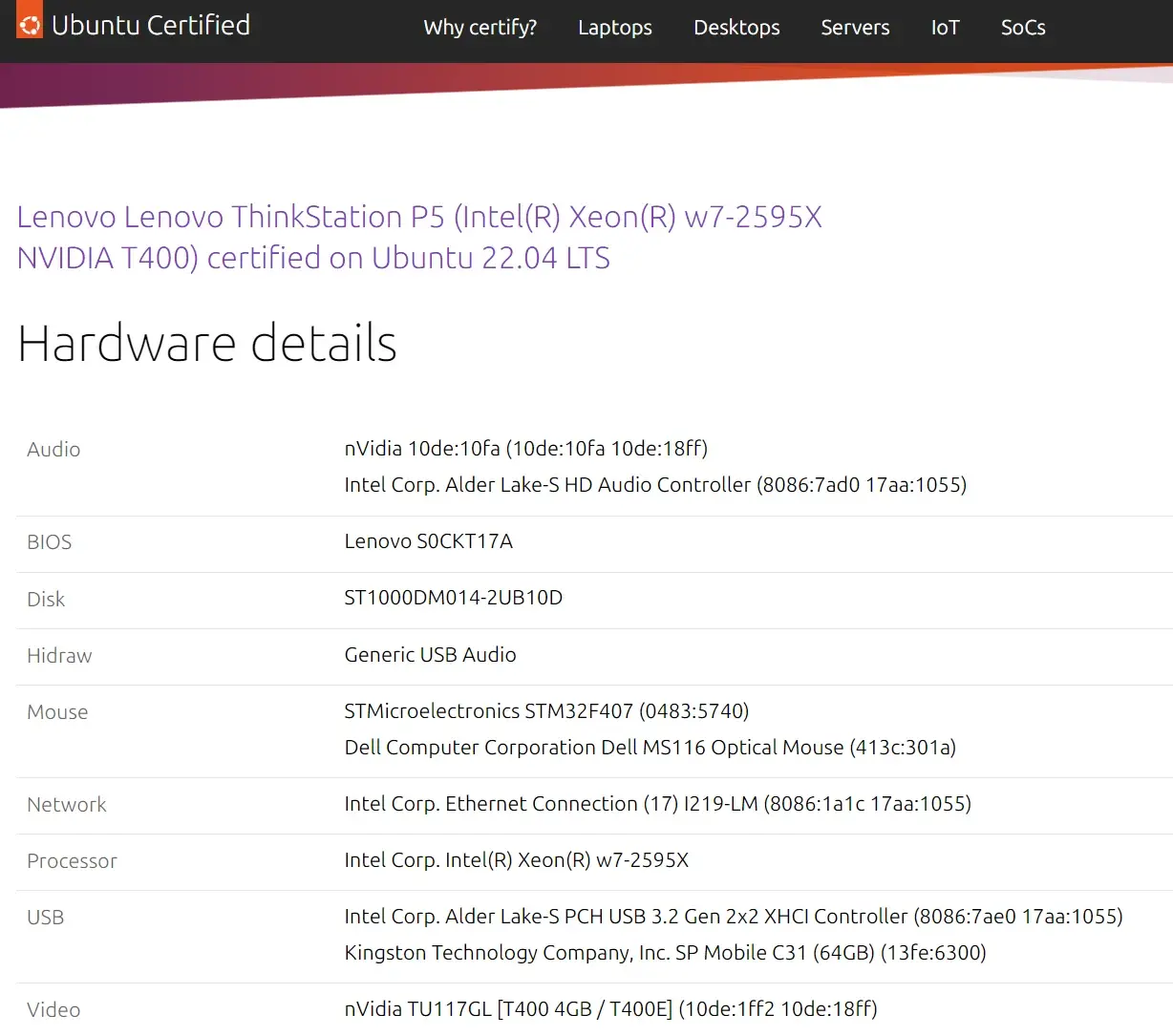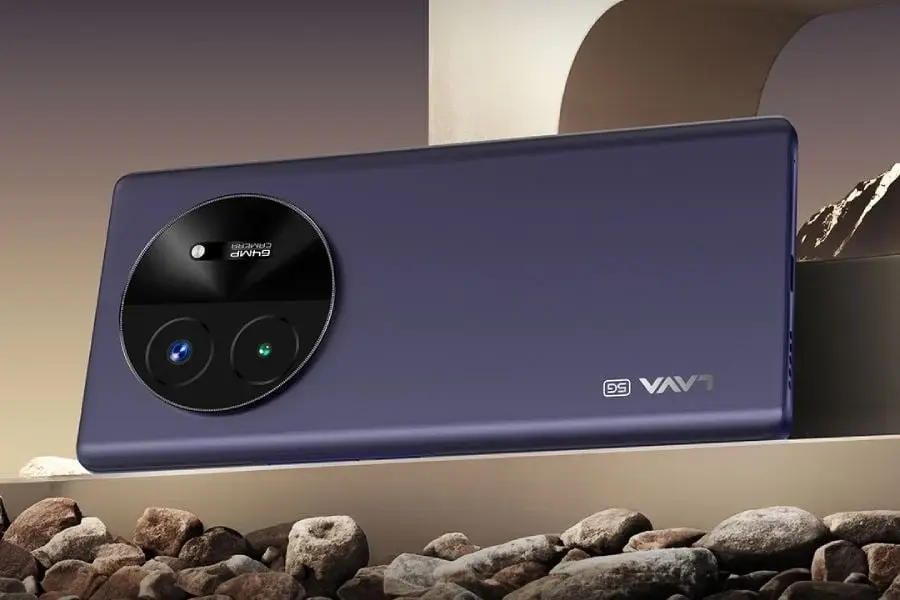Samsung is gearing up to introduce several new products at the forthcoming Galaxy Unpacked event slated for July 10. Among these is the Galaxy Buds 3 series earphones. However, images of the Galaxy Buds 3 Pro have already emerged online due to a recent leak, revealing the design of the new product ahead of its official unveiling. You can check out the images below.



Design Highlights
The images, shared by Reddit user Plastic_Development1, show that the earphones support Samsung’s fast pairing functionality, identified as Galaxy Buds 3 Pro. These images confirm earlier rumors about a significant design change. The new earbuds adopt a more recognizable stem design but stand out in several ways. For starters, the stem features a distinctive triangular shape and comes with an LED light strip. Whether users will appreciate this LED addition remains to be seen.
Color and Material
While the standard Galaxy Buds 3 come in white, the Pro version is available in silver, giving it a more upscale appearance. The charging case also sports two internal LEDs. Although the material of both the earbuds and the charging case is not specified, they appear to have a metallic finish.
First Impressions
The Reddit user who uploaded the images also shared his initial impressions of the new product. He reports that the noise cancellation on the Buds 3 Pro is comparable to the first-generation AirPods Pro, with a slightly more pronounced bass.
Since the Galaxy Buds 3 Pro utilizes Samsung‘s fast pairing system, it is possible that Samsung might not include Google’s Fast Pair functionality for this device. However, theoretically, both systems could coexist, although this could lead to conflicts on Samsung devices capable of using both. We will have to wait until July 10 to see Samsung’s final decision regarding this new product.
















